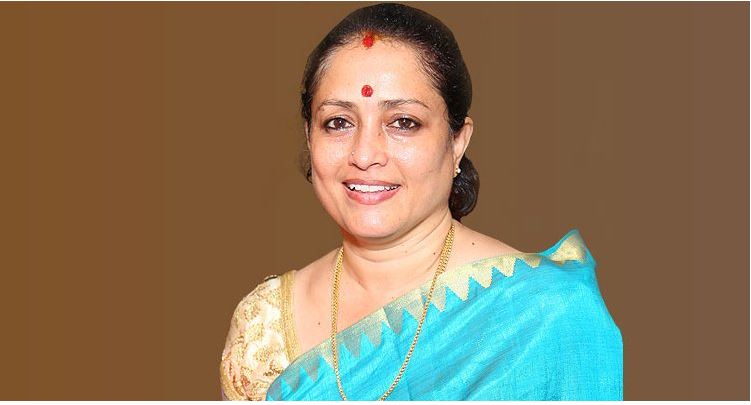Tips To Stay Vigilant Of Breast Cancer Symptoms

According to WHO, in 2020, 2.3 million women were affected by breast cancer, of which 6,85,000 died due to this disease. Breast cancer can occur in women of any age but is more prevalent in older age groups.
Modifiable risk factors:
- Smoking
- Alcohol consumption
- Radiation exposure
- Oral hormonal contraception without a doctor’s supervision
- Discontinuation of breastfeeding at an early stage
Non-modifiable risk factors
- According to WHO, breast cancer mainly occurs in women and only 0.5-1 % of men suffer from it.
- Genetic predisposition also plays an important role. High penetrance gene mutations in BRCA-1, BRCA2 and PALB-2 are responsible for the occurrence of this disease.
What are the symptoms to look for?
• Check for lumps in the breast, but not all lumps can be cancerous. Any changes in the colour of the skin over the breast with no history of injury
• Any retraction of the nipple• Any bloody discharge per nipple
• Retraction of the skin over the areola
How to self-examine?
Dr Karthiyayini Mahadevan, head, Wellness and Wellbeing at Columbia Pacific Communities, says, “All women above the age of 20 years should self-examine their breasts once a month, preferably after the beginning of the menstrual cycle.
They should look out for skin colour changes, puckering of skin, and retractions of nipple areola on inspection and, in palpation, confirm if there are any underlying swelling and discharges from the nipple.”
Dr Mahadevan shares one should stand and use the below techniques:
Inspection
Stand in front of the mirror, exposing the breasts and observe with arms hanging by the side, arms held over hips and arms raised above shoulders.
Palpation
For the right breast, raise the right arm above the shoulders, use the palmar surface of the middle three fingers of the left hand, and start palpating in a clockwise direction from outwards in a spiral direction and reach up the nipple.
It is done vice versa on the left side. Palpate with pressure given superficially first, then intermediate and finally deep to feel the area beneath the skin to deeper tissue exploration. It can be done in a lying position, too.
If there are any noticeable visible changes over the breast, any discharge per nipple, or any lump felt, one should approach the clinician.
Lifestyle tips to prevent the risk:
1. Have a balanced nutrition diet
2. Keep the weight closer to the ideal body weight
3. Include adequate physical activity in the regular routine
